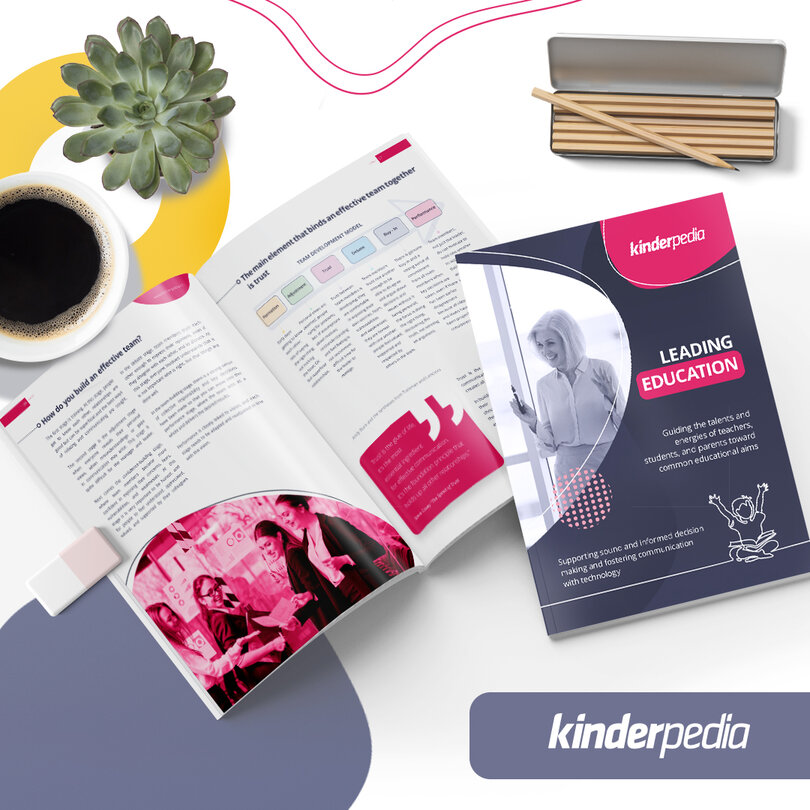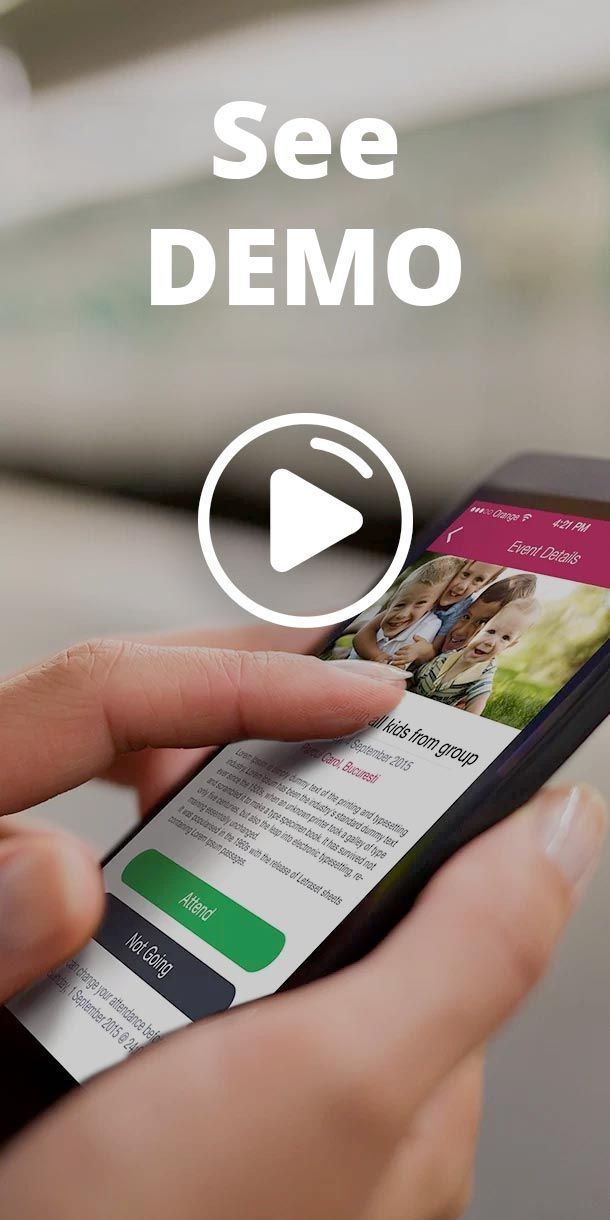The school leader is responsible for bringing a motivated, dynamic and flexible-minded team around him/her, ready to overcome challenges and embrace change. The most effective way to build the team is through the coaching process. Coaching process can be an important part when school leaders are building their
teams. To have an effective team, you need to motivate your people.
With the accelerated evolution of education, there is a growing need for teachers to have role models to look up to and to set medium and long-term educational standards and goals.
In Helen O'Donoghue's view, a team is built through
trust, and the most effective way to build a team is through the coaching process. A simple equation for the trust that underpins the team is the ratio of credibility, safety and intimacy to orientation towards others. A school leader's credibility is about doing what he or she says, safety is about supporting team members, and intimacy is about establishing trust. Orientation towards others is what builds the team's trust in its leader. To support early education staff, the FIRST7 Parent and Educator Training Centre together with
Helen O'Donoghue, early education trainer, director of Sunridge Associates, have designed a leadership programme for educational team coordinators and those running nurseries and kindergartens in Romania. .
A school leader can only practice the coaching method if he or she first establishes a relationship of trust with team members
In the coaching style of leadership, the school leader is concerned with the long-term professional development of team members. They help identify employees' strengths and weaknesses, encourage them to set long-term goals, and provide ongoing feedback and advice when needed. For team members to accept the coaching process, they need to have a good understanding of the principles of coaching, how a coaching session is conducted, what the goal is and what they will achieve at the end. Through the coaching model, employees clarify their own expectations, know what is expected of them and better understand the model by which the school or nursery operates.
Coaching facilitates employees' self-awareness and thus helps them to become better
It is the process of helping someone to improve their performance through reflection, to unlock their potential to improve their results. It's about asking and listening, not learning. Mentoring, on the other hand, is the process by which someone more experienced helps another person improve their performance. A mentor offers advice, guidance and makes suggestions. Coaching can also use techniques from mentoring or tutoring. At the beginning of the process, we can use mentoring techniques - we give directions, talk to employees, then we can move into the mentoring phase, where we offer guidance, give feedback, make suggestions, and at the end we move into the coaching phase, where we ask questions, summarise, paraphrase, reflect and listen to understand.
In the coaching process it is good to avoid making suggestions, judging or asking too direct or suggestive questions. Instead, it is advisable to listen actively and focus on truly understanding the employee's perspective. Depending on the employee, their experience and position on the team, they may need mentoring or tutoring more than coaching. This is determined by the leader, during the process of getting to know employees.

Leadership for Education serves as an introduction to a number of key educational leadership strategies.
It is designed for teachers, educators and school leaders who feel they need a toolkit to create a vision and build a trusted team.
Discover the whitepaper
The growth coaching model has four stages
The first is goal setting - this is done through questions that help set medium and long-term goals. Next comes reality check - exploring the current situation, checking options - identifying and evaluating different strategies and taking action - what will you actually do and in how long? In this process, it is also important to identify tactics - how and when will you do the actions and habits - how will you sustain your success? All of these take the coaching process from the point of establishing the relationship to the point of achieving and celebrating the results.
The basic coaching model starts from the premises - What are you thinking? What needs to change? What is going well, then moves through goals - What is the objective? By when will you achieve it? What is the benefit?, gets to the strategy part - What are the options? Which option will work best? Next comes implementation - What are the first steps? When will you take them? What tactics do you need? And commitment - Are you really going to do this? What can stop you? How will you sustain the process?
At all of these stages, the school leader will relate empathetically to the one to whom they are leading the process, ask questions without giving directives or solutions, listen, have a positive and encouraging attitude, be curious without judging, and challenge team members but supportively. Through coaching, the school leader will create a safe space for employees to set medium- and long-term goals that they can achieve.
Why the coaching leadership model?
In coaching leadership, the leader is concerned with the long-term professional development of team members. They help identify employees' strengths and weaknesses, encourage them to set long-term goals and provide ongoing feedback and advice when needed.
For team members to buy into the coaching process, they need to have a good understanding of the principles of coaching, how a coaching session is conducted, what the objective is and what they will achieve at the end.

Through the coaching model, employees clarify their expectations, know what is expected of them and better understand the model by which the school or nursery operates. It is the process of helping someone to improve their performance through reflection, to harness their potential to improve their results. It's about asking and listening. Mentoring, on the other hand, is the process of someone more experienced helping another person to improve their performance. A mentor gives advice, guidance and makes suggestions. Coaching can also use techniques from mentoring or tutoring.
At the beginning of the process, we can use mentoring techniques - we give directions, talk to colleagues, then move into the mentoring phase, where we give guidance, give feedback, make suggestions and finally move into the coaching phase, where we ask questions, summarise, paraphrase, reflect and listen for understanding. In the coaching process, it is good to avoid making suggestions, judging or asking too direct, suggestive questions. Instead, it is advisable to listen actively and focus on understanding the colleague's opinion. Depending on the colleague, their experience and their position in the team, they may need mentoring or tutoring more than coaching.
Sir John Whitmore talks about a coaching model that many leaders apply in their organisations.
The GROW model is a coaching model beloved by the coaching community. It is also a leading leadership tool that works across disciplines and cultures.
With its four simple steps, GROW has proven to be a worldwide success. It forms the backbone of coaching in many organisations, schools and universities globally due to its outstanding results. It helps people achieve success personally or as part of a team. The first is goal setting - this is done through questions that help set medium and long-term goals. This is followed by a reality check - exploring the current situation, checking options - identifying and evaluating different strategies, and taking action - what will you do and for how long? In this process, it is also important to identify tactics - how and when will you do the actions and habits - how will you sustain success? All of these take the coaching process from the point of establishing the relationship to the point of achieving and celebrating results.
Michael Bungay has created a coaching model based on seven basic questions:
- First question – What are you thinking about?
- Question with which you raise - What else? This is the most powerful question, because it allows the deeper answers to open up and flow
- Getting focus question - What is the challenge for you?
- Foundation setting question - What do you want?
- Support question - How can I help?
- Strategy question - If you said Yes to this challenge, what would you say NO to?
- Learning question - What has been most useful for you?
In the coaching conversation it is important for the school leader to show empathy, have a humble attitude, listen and give feedback, be curious without judging, ask questions without trying to model or set a personal example, be challenging but supportive and maintain a positive and encouraging attitude. It is important for the leader to set boundaries and frameworks, but to continually show employees that each of them is essential in the educational process. Take it step by step, gaining the trust of the team, without losing sight of the ultimate goal, the impact on learning.
When the school leader succeeds in attracting around him or her people who share a common vision and mission, he or she succeeds in building an effective team and achieving the goals set and established together.
Kinderpedia supports leadership in education by providing school leaders with the tools and insights they need to make informed decisions and effectively manage their schools. Some of the ways Kinderpedia supports school leadership include time saving, improved visibility and transparency and streamlined decision making. Kinderpedia fosters better communication and collaboration between school leaders, teachers, and parents, ensuring that everyone is working together towards common goals.
Discover Kinderpedia











